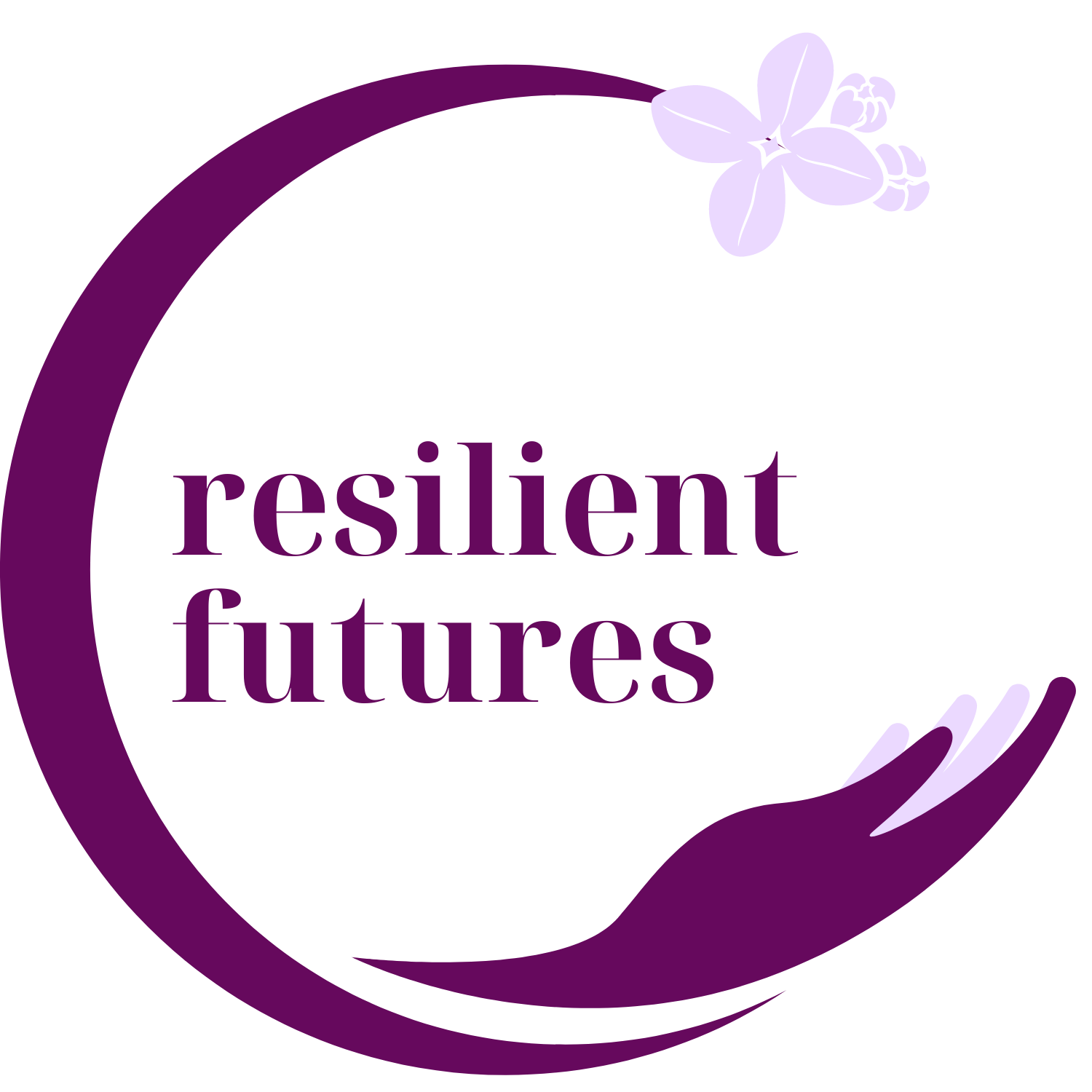Nurturing Resilience with Adolescents and Young Adults in Educational Settings
There is nuance and complexity in navigating adolescence and young adulthood, especially in educational environments where stressors extend beyond academics. There is critical importance in recognizing and addressing trauma responses in students, highlighting the prevalence of toxic stress and its impact on cognitive functioning and overall well-being.
Sign up to read this post
Join Now
